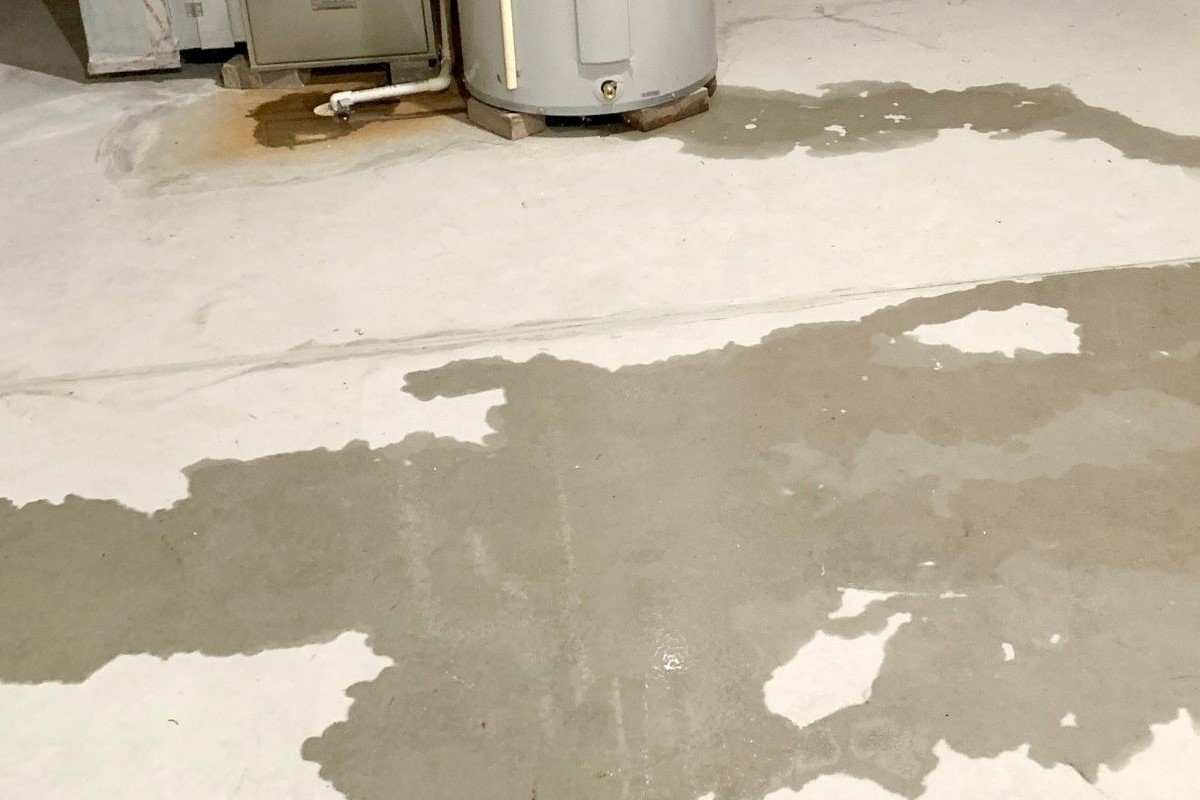Most people only think about their furnace when it's time to turn it on in the fall or winter. But, just like any other piece of equipment in your home, your furnace needs regular maintenance to keep it running smoothly. If you're not sure what to do if your furnace starts leaking, don't worry - we've got you covered. Keep reading for tips on how to prevent and fix a leaky furnace.
Causes of Furnace Leaks
Several different problems can cause furnace leaks. Leaks vary depending on the type of furnace you have, but most leaks fall into one of the following categories.
Pipe Leaks
Furnaces that use copper or metal pipes for gas, oil, or steam usually develop cracks or holes over time from corrosion and high heat. This is a relatively simple problem to fix if you're comfortable working with essential tools.
Water Leak
This type of leak generally indicates a drain or overflow pan problem. If you notice water in your furnace room, check for cracks in the floor and ceiling.
Blower Leak
Blower leaks cause white smoke and an unpleasant smell when your furnace runs, but they're usually hard to spot. Because blower leaks affect the inside of the furnace rather than outside, they're not expected unless there's a problem with the blower wheel itself.
How To Fix It?
To fix a leaky furnace, you'll need to trace the source of the problem. If your furnace seems to be running fine, but there's water on the floor in front of the unit, your drain pan may be cracked or clogged. Replacing a drain pan is one of the least expensive and most accessible furnace repairs you can do yourself.
How to Prevent Leaks in the Future?
To prevent leaks in the future, take proactive steps to maintain your furnace. For example, you should change the filters on your furnace at least once every month during peak season. Also, clean or replace the air filter if you notice that your home seems to be dusty more often than usual. In addition to regular HVAC maintenance, you should have your furnace checked every fall before turning it on.
If all your trials to fix fails, contact a professional for furnace repair at A-Plus Quality in Toronto. Most furnace leaks are straightforward to find and fix, but every once in a while, a problem comes up that you can't handle yourself. Call us today if your furnace is leaking!
Are you a loyalty program member of A-Plus Quality? Just for reading our blog post today, we would like to give you 1000 bonus points, add them to your account with the code: AP22JAN4. Not a member? Don't worry, sign up and start earning points today. New members receive a free $50 welcome gift! Do not miss the opportunity to get more points, check out our Facebook and Instagram for more codes.



